Shock Labyrinth 3D
The name Takashi Shimizu will be forever linked with the series of Ju-on films as it did seem that Shimizu was addicted to these 'vengeful ghost' films and likes nothing more than making a new one either in his native Japan or a remake in the US. However, he has since moved away a little from those films in order to make different movies including the comedy Hijoshi zukan, where he was one of seven directors and six screenwriters who worked on the project - those production meetings must have been extremely busy! His latest project is a step into the stereoscopic world to make a film in 3-D: The Shock Labyrinth.
As someone who is more than a little tired of the Shimizu production line of Ju-on films - I think six in ten years is quite enough - I welcome this change in direction but it all hinges on how good The Shock Labyrinth proves to be before I embrace Shimizu as a great horror director rather than a one trick pony. The film is written by Daisuke Hosaka and begins with a blind girl, Rin, alone in her apartment, waiting for some friends, Ken and Motoki to arrive as Motoki has gone to fetch his old friend who moved away following his mother's death. Before they arrive, Rin is shocked by some banging on her door with no answer when she tells them to come in or asks who's there. Although terrified, she tentatively approaches the doorway and, when she touches the door, she finds that she can 'see' the person and the corridor outside. As she is beside herself with fear, her two friends arrive and settle down.
When the two young men come in, they are surprised to find a young woman, who they think is an old school friend of theirs, Yuki, in the apartment and, when she collapses into a seemingly catatonic state, they take her to the nearest hospital only to find that it is completely abandoned and without an obvious way out. Stuck in this labyrinth, they are confronted by terrifying images from their childhoods, explore various rooms in the building which are full of things you wouldn't expect to find in a hospital whilst Rin visions of a young girl drawing on the walls.
Whether he was jumping on the bandwagon or using the technology as a creative choice to enhance the viewing experience it's perhaps open to speculation as I have yet to see a film made in 3D that isn't as impressive, immersive or visually interesting when viewed 'flat'. The Shock Corridor was apparently shot in 3D rather than being sent off to India and being retrofitted which makes it all the more strange that the disc comes with the old-fashioned anaglyph red and blue cardboard glasses -- the sort of thing you wore to see Friday the 13th: Part III and The Amityville Horror 3D rather than the swanky new 'RealD' glasses that you have to fork out extra money for the cinema.
I tried the 3D disc only to find there was a great deal of picture breakup in the first 10 minutes or so (hopefully this is just limited to this review disc) which didn't help the rather murky and strangely coloured image in front of me. I decided that the only way to properly watch the film was to put in the other disc and watch the film in 2D, foregoing the stereoscopic format completely. Ah, much better. I can make out people's faces, background detail and colours whilst the scene where the 3D would be most effective (a rabbit stuffed toy floating down the corridor along with scenes with feathers drifting around in the air that were probably also designed for the people wearing the strange glasses) works perfectly well in 2D.
The film itself is very nicely designed, acted and directed with the emphasis on tension, creepiness and a growing sense of unease rather than big 'jumps' so it is pretty much the same sort of film as Shimizu's Ju-on movies. All the way through the film though, it felt as if something was missing, the intangible emotional link that makes you identify and empathise with the characters and their plight in a terrifying situation, something that is essential in just about every horror film that comes to mind. There are a few scenes that will have the more nervous viewers grabbing the person next to them and squirming in their seats but I didn't find any of it to be particularly unsettling or the sort of film that would stay with me after the final credits have rolled.
So, chalking this up to a visual form of 'lost in translation' that necessitates cardboard glasses, I tried watching the more intense scenes in 3D only to find that they were even less effective as, though there is added depth, everyone is a weird shade of green, something that was disconcerting for entirely the wrong reasons.
The Disc
Extra Features
There are interviews with Takashi Shimizu and cast members Yuya Yagira, Ryo Katsuji, Ai Maeda, Erina Mizuno and Misako Renbutsu which aren't the traditional EPK interviews in which someone is sitting down in front of a poster for the film whilst a journalist poses questions but are filmed on set and, in the case of the first one with Shimizu, incorporate behind the scenes and B-roll footage.
Under the Behind The Scenes heading you have:
Haunted House and Scary Dummies (2:26) which shows the world's largest haunted house very briefly before moving on to the cast being made up to appear as the 'living dolls' but this is really too brief to go into any detail about the make-up process.
The Secret of the Stereoscopic Camera (3:23) consists of interviews with the cinematographer and 3D shooting supervisor who talk about the benefits of making a film like this in 3D rather than 2D rather than going into any great detail about how the film was shot. They do seem a little disingenuous when dismissing 2D as a format unable to show the foreground as well as the background as anyone who has seen a 2D film that uses deep focus extremely well to create depth will testify.
Cast and Crew Fooling Around and Shooting Last Scenes (3:33) is, as the title suggests footage of various actors and crew members being interviewed by their colleagues about the film and the shoot while some Japanese rock music plays in the background.
Venice Film Festival with Takashi Shimizu (4:16) follows the director around the film festival (he was there to present an award, ironically to Joe Dante for his 3-D film which plays on childhood fears, The Hole) and has interview footage with him talking about 3D, why he delivered his speech in English rather than have an Italian interpreter and the reaction from the audience.
Press Conference and Opening-Day (2:42) is lots of footage of the cast and crew giving the usual fawning statements about the film and shooting experience to the audience.
Finally, there is the theatrical trailer.
The Picture
I have properly written enough about the picture and the difference between the 2D and 3D versions with the former being the way to go unless you fancy watching the film as a gimmick and sharing the glasses with several friends to point out to each other how things project through the screen or fade into the distance.
As far as image quality goes, the picture is soft and a little grainy throughout the film and the colours are muted with a green tint. This detracts from the cinematography, costume design and set decoration so that the labyrinthine nature of the hospital is slightly lost although the oneiric nature of the film is bizarrely emphasised by the strange colours and strange aesthetics.
The Sound
Given the choice of Dolby Digital 5.1 surround or DD 2.0 stereo, I went for the former which I stuck with for the majority of the running time, occasionally flicking to the stereo track to see if there was any major difference between the two. For the most part, the film is frontloaded with just dialogue between the characters but then there are more atmospheric scenes when the front and rear surrounds come into play in order to maximise the tension and sense of supernatural. It is here that the difference between the surround and stereo track is at its peak so it is probably best to go with the 5.1 option.
The burnt in English subtitles are clear and easy to read and largely free from grammatical or typographical errors so they make the film easy to follow whilst the music works with the visuals to try and maximise the sense of unease and tension.
Final Thoughts
The Shock Labyrinth is far from special despite the interesting premise of a group stuck in a labyrinthine hospital where they are plagued by their childhood fears. Shimizu's direction is adequate but far from the best work that he's done but there are some scenes where it is reasonably creepy. However, the film isn't a patch on the first Ju on: the Grudge theatrical film (rather than the two made-for-TV film). It is well worth a watch if you like Shimizu's work and want to see what he can do when he isn't obsessed by a vengeful ghost and there are enough extra features to keep you occupied for well over half an hour.
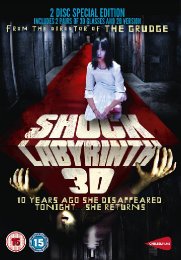
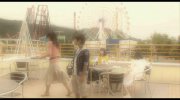
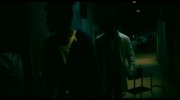

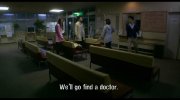
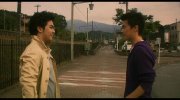
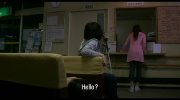

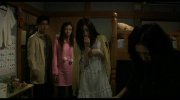
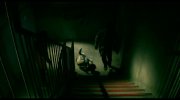
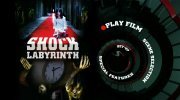
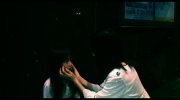
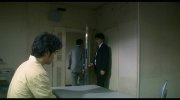

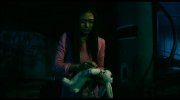
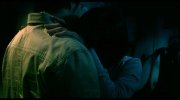
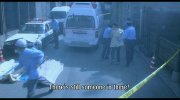
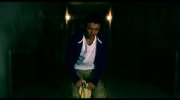
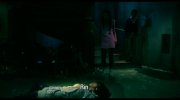

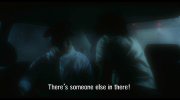
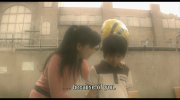
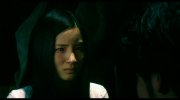
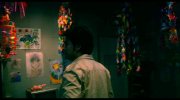
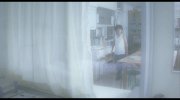
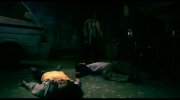
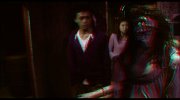
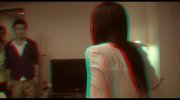
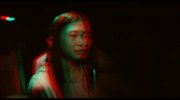
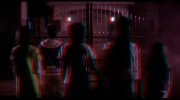
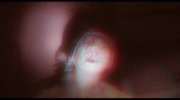


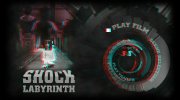








































Your Opinions and Comments
Be the first to post a comment!